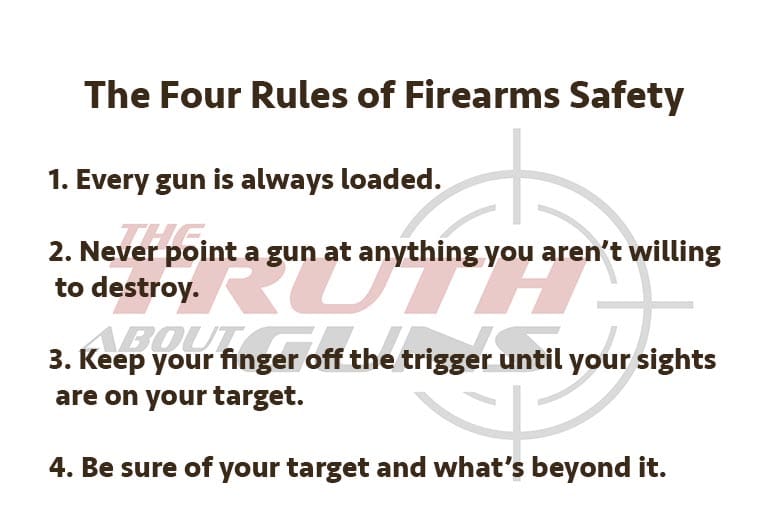Some still cling to idea of Second Amendment and militias
The Second Amendment reads: [no, it does not read that way. I wish these authors would not be so ignorant]
A well regulated militia being necessary to the security of a free state, the people’s right right of the people to keep and bear arms shall not be infringed.
[FIFY- fixed it for you]
We also know that our Founding Fathers were fearful of a standing army, having seen that army used as a tool of oppression. As such, they favored citizen soldiers, much like how the Greek city-states maintained their armies.
Little did they expect the debate that we would see since then over a single sentence. Unfortunately, the debate continues.
What’s more, we get pieces like this one for LA Progressive subtitled, “Most constitutional experts argue that the Second Amendment protects the right of State militias to bear arms. Not private militias or individuals.”
Now, I’m not sure how they figure most constitutional experts agree with them unless they dismiss anyone who doesn’t as a constitutional expert, but it doesn’t get any better moving forward.
Why does the United States have more civilian gun deaths than the entire rest of the world combined? Is it because people in the US are more violent? NO.
Except, we don’t. Not even close.
If you look at a list of civilian gun fatalities by nation, you’ll find a lot of places whose numbers are far worse than ours, especially if you look at the per capita figures.
Further, are Americans more violent? The author dismisses this out of hand, yet a look at non-gun homicides compared to total rates from places like Europe suggests that yeah, we might just be.
And now look at all of this and we’ve only gotten to the subtitle and the first paragraph. You know this is going to be a disaster.
However, it should be noted that most constitutional experts argue that the Second Amendment protects the right of State militias to bear arms. Not private militias or individuals. Be that as it may, exactly what “well regulated Militias” did [redacting mass killers’ names]
I’m sorry, but that line of “reasoning” is just absolutely insane.
First, why would the government need to protect the “right” of the government to have guns? Yes, it’s different levels of government, but it’s still government.
Further, why is it that throughout the Constitution, when the Founding Fathers wanted to specify the states, they said “the states” in every other instance but this one? And that every other place protecting a right of the people, it meant actual individuals everywhere but here?
On ever level, this argument is absolutely insane. “But militia!” they scream.
Sure, but look at the Second Amendment for a moment. What exactly in the rest of it suggests that the right to keep and bear arms should be infringed for everyone but the militia? Even if the right is to be taken as protecting state militias versus private ones, where in the Second Amendment does it preserve the right just for those state militias?
After all, it says “the people’s right right of the people to keep and bear arms shall not be infringed.”
So what gives? Well, it seems some parties are more interested in manipulating the text of the Second Amendment to mean anything they want it to mean, and they expect the American people to swallow it whole.
Sorry, that’s not our style.
Obviously, we haven’t delved too deeply into this piece, but why should we? It’s already clear they can’t be reasoned out of this position because they haven’t shown they reasoned themselves into it. They’re simply trying to play games and hoping people are too stupid to see what they’re doing.
Well, we do.



